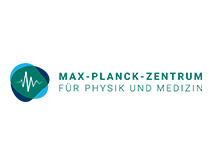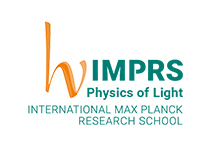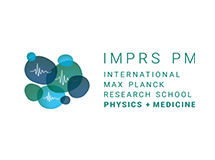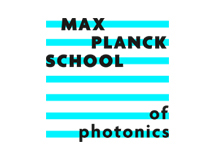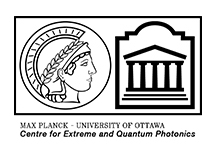
Atac Imamoglu - Many-body optical excitations in solid-state systems
Professor Atac Imamoglu, Institute of Quantum Electronics, ETH Zurich, Switzerland
Leuchs-Russell Auditorium, A.1.500, Staudtstr. 2
Location details
Abstract:
Two dimensional materials provide new avenues for synthesizing compound quantum systems. Monolayers with vastly different electric, magnetic or optical properties can be combined in van der Waals heterostructures which ensure the emergence of new functionalities; arguably, the most spectacular example to date is the observation of strong correlations and low electron density superconductivity in Moire superlattices obtained by stacking two monolayers with a finite twist angle. Optically active monolayers such as m olybdenum diselenide provide a different ″twist″ as they allow for investigation of nonequilibrium dynamics in van der Waals heterostructures by means of femtosecond pumpprobe measurements. Moreover, interactions between electrons and the elementary optical excitations such as excitons or polaritons, provide an ideal platform for investigation of quantum impurity physics, with possibilities to probe both Fermi- and Bose-polaron physics as well as mixtures with tunable density of degenerate fermions and bosons. After introducing the framework we use to describe many-body optical excitations in van der Waals heterostructures, I will describe two recent developments in the field. The first experiment uses pump-probe measurements to demonstrate how exciton-electron interactions beyond the non-self-consistent T-matrix approximation lead to optical gain by stimulated cooling of exciton-polaron-polaritons. The second experiment shows that a tri layer system, consisting of two semiconducting monolayers separated by an insulating layer, could lead to hybridization of intra- and interlayer excitons. The latter has potential applications ranging from strongly interacting polaritons to reaching Feshbach resonance condition in exciton-electron scattering.
Biography:
Atac Imamoglu studied at the Middle East Technical University, Ankara, Turkey. After completing his PhD at Stanford University in 1991, he was a postdoctoral fellow at NTT Basic Research labs and at Harvard University. In 1993, he joined University of California, Santa Barbara as an assistant professor. Since 2002, he is a professor of physics at ETH Zurich. His research combines quantum optics and condensed matter physics.
MEETING THE SPEAKER
The lectures will follow a colloquium format for a broad audience and will be followed by a reception to provide an opportunity for meeting the speaker.

